Effects of Nuclear Energy in a Quiet Japanese Town
Since the age of nuclear energy first began, both proponents and opponents have yet to agree on whether its benefits outweigh its potential dangers. Come and explore this controversy, on July 12th and 13th, 2008, The Surfrider Foundation Oahu Chapter will be presenting the documentary film “Rokkasho Rhapsody” at the University of Hawaii Spalding Auditorium in collaboration with its Japan Chapter.
(This trailer is in Japanese but the movie shown will have English subtitles)
Rokkasho, a village in Northern Japan, is now the center of international attention with the completion of the newest and largest Nuclear Waster Power Reprocessing Plant in the world completed in 2004 and expected to become fully operational this summer. A reprocessing plant differs from a nuclear power plant in that it does not generate electricity; instead it recycles the waste fuel from a nuclear reactor. It extracts up to 97% of its plutonium and uranium for reuse that would otherwise lay in perpetual storage potentially leaching into our environment.
Proponents believe recycling these radioactive materials is a prudent idea due to the high volume of recyclable material obtained through the reprocessing process, opponents argue that it comes with irrevocable environmental consequences. According to nuclear experts, in one day alone the discharge from this reprocessing plant will equal a year's worth of radiation produced by a typical nuclear power plant that will quickly disperse into our atmosphere and ocean.
In Rokkasho, the debate continues. The town has become dependent on the economic stimulus that the plant has provided through direct employment and by supporting local businesses, ensuring a future that once did not seem so bright. Rokkasho’s youth no longer leave their small community of 11,000 seeking prosperity and a better way of life elsewhere. And yet there are those who recognize and are concerned about the cost of living with radioactive exposure and the loss of traditional agricultural farming that their town was once dependent upon.
Through “Rokkasho Rhapsody,” director Kamanaka Hitomi patiently and respectfully looks at both sides of the issue. Organizers of this documentary film presentation hope to provide information about the Rokkasho Reprocessing Plant, and also to encourage discussion and bring attention to the world’s future energy sources, how much risk is acceptable, and how the Rokkasho Reprocessing Plant might affect Hawaii in the event of an industrial incident.
It’s not in our backyard, but the effects are profound and awareness is key.
Please join us at the following locations and times:
University of Hawaii Spalding Auditorium
Showings: Saturday, July 12, 2008 @ 5:00pm
Sunday, July 13, 2008 @ 2:00pm
Admission: General Public: $5
Students and faculty: $3
18 and under: Free
For more information (in English) see:
http://stop-rokkasho.org
http://cnic.jp/english/topics/cycle/rokkasho/index.html
http://www.globalsecurity.org/wmd/world/japan/rokkasho.htm
http://www.japannuclear.com/nuclearpower/fuelcycle/facilities.html
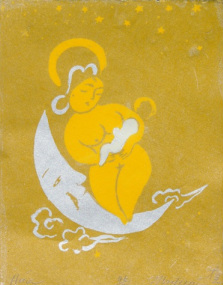
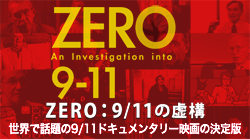

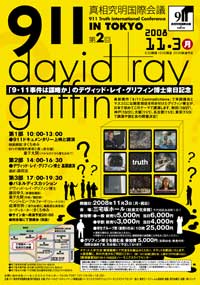

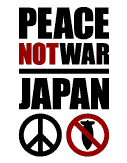



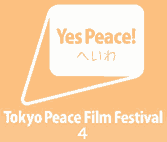



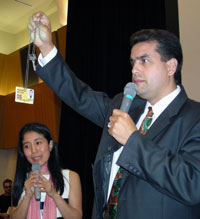
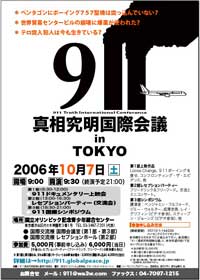




No comments:
Post a Comment